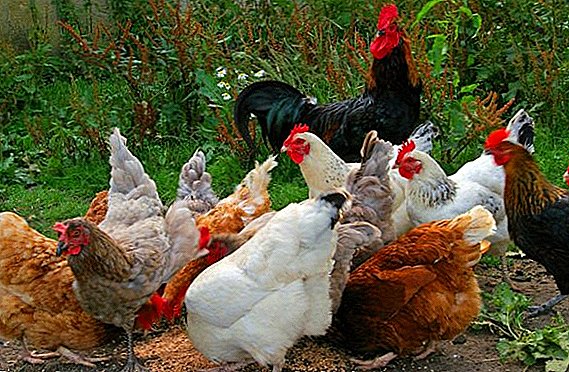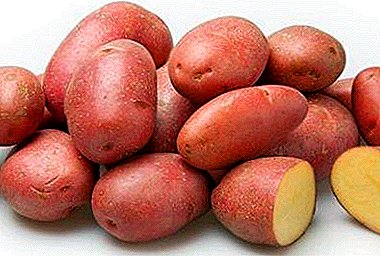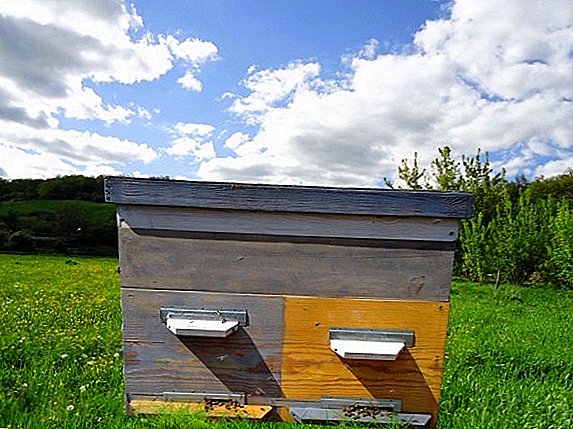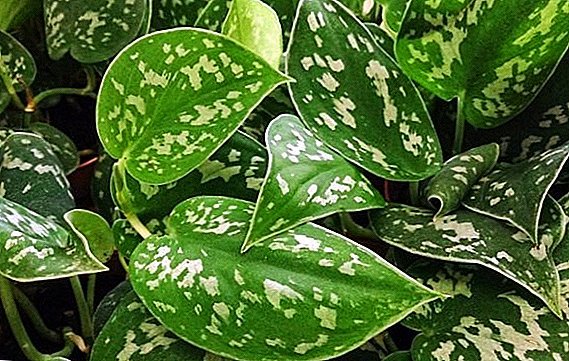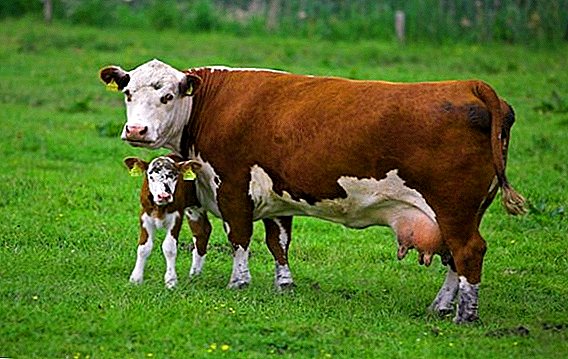 Cattle health problems can often occur, especially when it comes to reproductive functions.
Cattle health problems can often occur, especially when it comes to reproductive functions.
And in this regard, the nature of animal excreta is very indicative, which can sometimes indicate serious disruptions in the life of the cow, which will be discussed further.
When the cow’s excretion begins before calving
In a normal situation, a month after natural or artificial insemination, any discharge from the vagina and udder nipples in a ruminant should stop, which indicates that he has a normal pregnancy.  In cases where mucus secretions after insemination are still observed and this mucus is white, yellow, or there are blood impurities in it, this is a cause for alarm.
In cases where mucus secretions after insemination are still observed and this mucus is white, yellow, or there are blood impurities in it, this is a cause for alarm.
The onset of an infectious disease, which can be triggered by such reasons:
- A gross violation of sanitary norms during artificial insemination using dirty tools.
- Poor processing of the genitals of the cow.
- By non-treating bovine genitalia during natural fertilization.
- Dirt in a cow stall on a bed on which an animal sleeps.
- Injury to the cervix of a cow during artificial insemination.
Highlight white can indicate the occurrence of animal vaginitis, and yellow or brown shades of mucus signal the disease of the cow endometritis.
Did you know? By prevalence on Earth among mammals, after man, cows and bulls hold the second place.
If all these symptoms are absent, then this indicates a normal course of pregnancy. However, often the day before the onset of calving, an animal begins to have mucous discharge from the vagina of a transparent consistency. And abundant white cow discharge indicates an early calving. 
Discharge from a cow after calving
In the postpartum period, the discharge should stop after the normalization of the state of the uterus, which is usually observed within two to five days.
If these manifestations continue, accompanied by negative external changes in the state of health of the animal, then this is a reason for suspicion of an infectious disease or intrauterine hemorrhage.
Therefore, it is extremely important, after calving, to carefully observe the animal in order not to miss the symptoms of the onset of pathological processes in its body.
In the prenatal and postnatal period, cows also have a vaginal prolapse.
Blood
As already mentioned, usually to its normal state after calving, the uterus returns within two to five days. However, often, depending on the individual characteristics of the organism of the cow, this process can take up to two weeks.  If it proceeds against the background of the normal state of the animal, which is not accompanied by elevated temperature, heart rate and respiration, then there is no reason for alarm. Otherwise, you should be worried and take urgent measures to counter the problem.
If it proceeds against the background of the normal state of the animal, which is not accompanied by elevated temperature, heart rate and respiration, then there is no reason for alarm. Otherwise, you should be worried and take urgent measures to counter the problem.
If the bleeding after calving persistently does not stop and has a brown tint, this indicates intrauterine bleeding, which requires the active intervention of a veterinarian.
When examining the uterus, the veterinarian may detect the presence of blood clots in it, which confirms the bleeding in this organ.
Did you know? Calving in the life of a cow is so important that even the age of these animals is determined by their number, not years. Some individuals may have up to 18 calving throughout their lives. The algorithm here is very simple: no calves - no milk.
The treatment of this disease is the use of vasoconstriction drugs, forcing the uterus to contract, in the form of:
- Intramuscular injection of 60 IU Oxytocin.
- Intravenous injection of 1% ichthyol solution at the rate of 1 ml for every 3 kg of cow weight.
- Intravenous infusion of a ten percent solution of potassium chloride to stimulate blood clotting.
- Adding to the feed Biotsinka or Biocalcium to strengthen the immune system of the animal.
- Introduction to the diet of the cow vitamin complex.
 As soon as the condition of the animal returns to normal, the bleeding immediately stops.
As soon as the condition of the animal returns to normal, the bleeding immediately stops.However, similar symptoms may also occur in case of cow disease with postpartum endometritis, which is expressed in inflammatory processes in the mucous wall of the uterus.
At the same time observed:
- A slight increase in body temperature.
- No lochia discharge.
- Offensive on the fifth day of signs of anemia in a cow, the appearance of discharge with a putrid odor.
- Decreased mobility of a cow.
- When exposed to the uterus, it secretes lochia.
Treatment of this disease consists in cleansing the uterus, arresting the inflammatory process and eliminating infectious pathogens.
Important! Endometritis is too serious a disease to treat it without proper qualification. The intervention of the veterinarian here is mandatory.
To do this, use the following remedies:
- Within two weeks produce 10 subcutaneous injections of 20 ml of the drug PDE.
- Do with an interval through the day 7 intramuscular injections of 3 ml of Bicillin.
- Again, make 7 injections every day with 10 ml of Kanapen.
- With the same frequency produce 7 injections of 2 g of Streptosmicin.

Whites
White discharge after calving may also indicate the occurrence of postpartum endometritis in a cow, the methods of treatment of which have already been mentioned above.
Learn more about why cows have white discharge.
Purulent
Purulent catarral endometritis manifests itself after a maximum of 8 days after calving. Inflamed cells in the animal's uterus secrete a fluid in which the pathogenic microflora, which secretes toxins, is concentrated.
They are spread throughout the body with blood and poison it, driving the cow into a state of depression, increasing body temperature and reducing appetite. Discharges are dark brown or white with a grayish tint color with blood patches and extremely unpleasant odor.
The most effective treatment of purulent-catarrhal endometritis is carried out using the already mentioned Oxytocin. The drug Rifapol, which is injected intrauterinely three times with an interval of three days, at a dose of 200-300 ml, has also proved itself well. 
With an unpleasant smell
All the secretions of this animal associated with endometritis are accompanied by an unpleasant odor and require the treatment described above.
Important! There are no exact graphs of the manifestation of painful symptoms and the development of diseases in cows, since the organisms in animals have individual characteristics and a different protective level of the immune system.
Discharges from a cow that accompany her during pregnancy and after calving may be completely natural in nature and do not threaten the animal, and may indicate dangerous pathologies. Therefore, the breeder should be extremely careful during this period and not miss the development of a dangerous disease.


